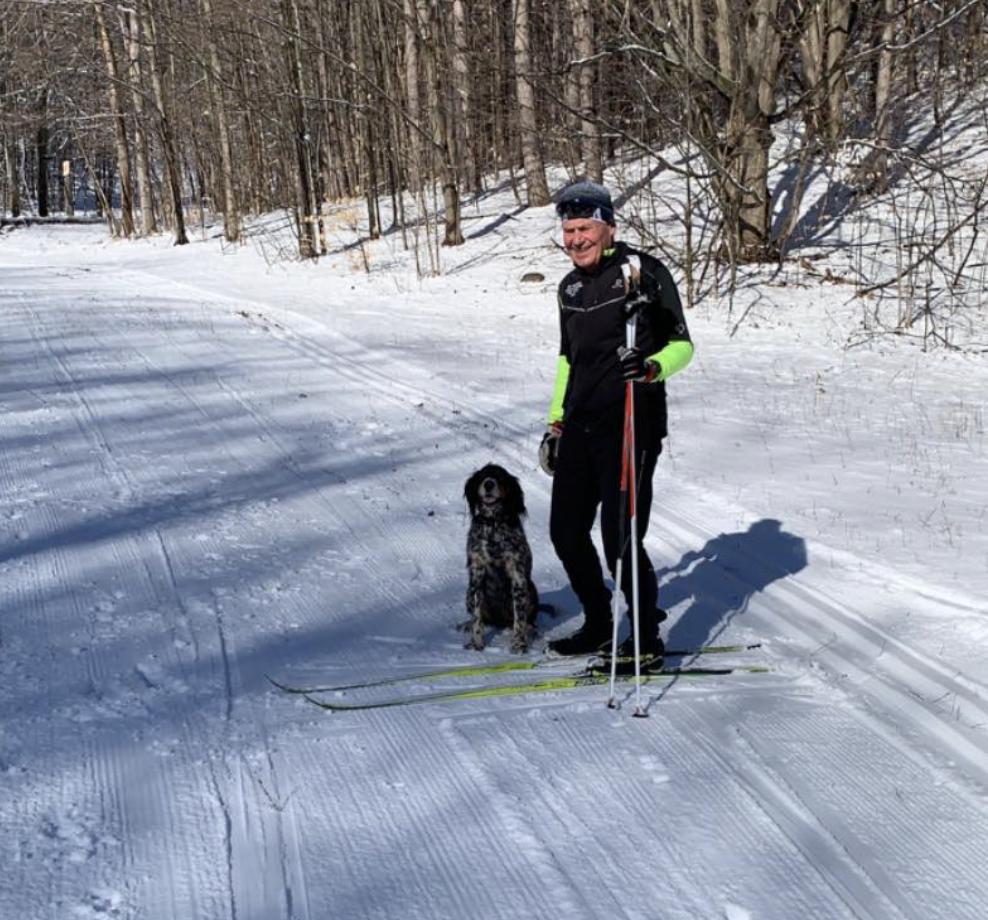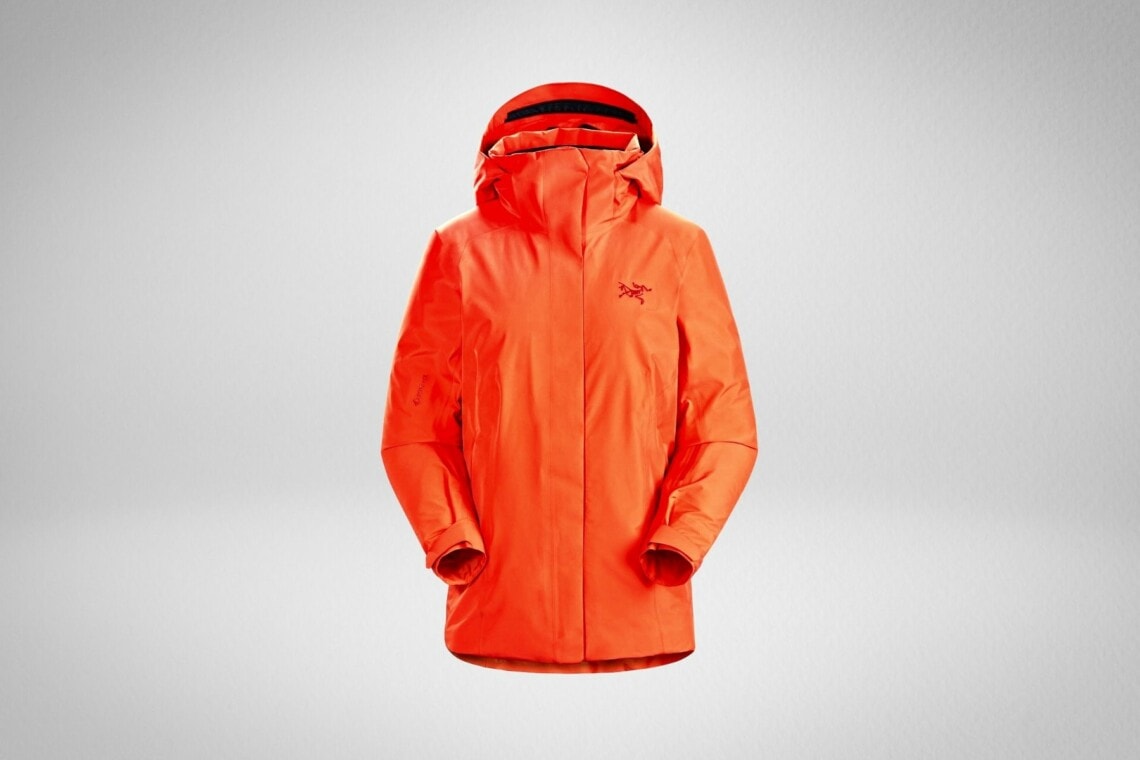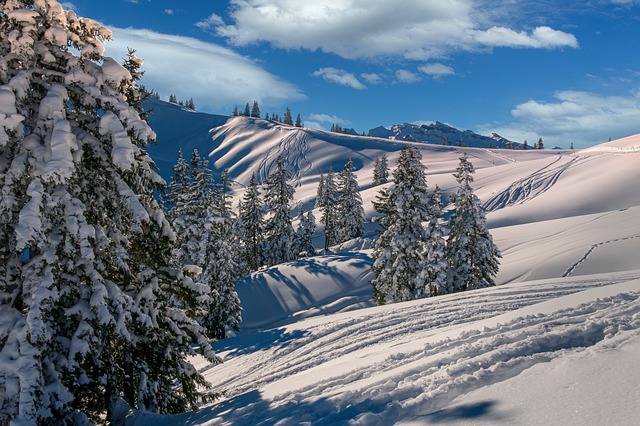
Snowboarding is a fun sport that many people enjoy. Snowboarding can seem intimidating at first, but with some help from experts and practice, it will soon become part of your daily life. What to do before your first trip to the slopes. How to dress, what to bring, and how to enjoy the experience.
What are the levels of snowboarding and what is their difference?
If you are a new snowboarder, you should begin with the easier runs. Gradually work your way to more difficult terrain. You can get started by booking a beginner's snowboarding lesson in the ski area. The instructor can teach you all the basic skills and help you progress quickly.
What is my best snowboarding level?
There are four different levels of snowboarding. Each one is harder than its predecessor. These levels include intermediate, expert, and beginner. Choosing the right level for you is based on a variety of factors, including your age and experience level, where you spend most of your time on the slopes, your ability to ride on both flat and steep terrain, and your overall fitness.

How long do I need to spend on snowboarding before I can get a good workout?
Plan to spend at minimum four hours on the slopes if this is your first time. This gives you plenty of time to learn the basic techniques, such as how to get on and off your board. This will allow you to perfect your skills and to become familiar with the feeling of riding a board down a slope without falling.
How often do I need to go snowboarding?
Idealy, you should snowboard at the very least a couple of times per year. It's a huge commitment. Set realistic goals, and make sure you progress at your own pace. Although you can slow down, it is best to keep up with your regular practice sessions.
How to turn a snowboard
In order to turn on your snowboard, you must roll your hips forward and press your front leg into the turn. You need to use a specific rhythm where your front leg is leading, and then your back leg follows. Once you have this down, making turns should be fairly easy.
What's the difference between a normal snowboarder and a goofy snowboarder?
A regular snowboarder has their left foot forward and a goofy snowboarder has their right foot forward. The front foot of the normal snowboarder feels more natural and balanced. However, that of the goofy snowboarder feels unnatural. To figure out if you're a regular or a goofy, try sliding across the floor with your socks on.

What size snowboard shall I get?
Your height and board shape will determine the size of board you need. Consider whether you prefer a cambered, rockered, or curved board.
FAQ
What is the first thing to do after arriving at your travel destination?
You should always have an itinerary for when you arrive at a place. This helps you to know what to expect and where you should go next.
Plan ahead to make sure you don't overlook anything.
For instance, if your trip to a city lasts more than one hour, research which landmarks, museums, and parks you'd like.
Also, you may want to look into getting a map of the area and reading up on the region's history.
Here are some things you should never forget about when traveling.
Traveling can be stressful. You'll often find yourself in situations where you have little time to make decisions. Prepare to be flexible.
You might be stuck somewhere for hours, days, weeks, or even months. If you've planned ahead, you'll have food, water, shelter, and a place to sleep. If you don't have a plan, you might have to make do.
These cases will likely require you to rely on the things you are most skilled at. It means you have to be able to quickly make decisions based upon your experience and instinct.
Sometimes you just can't make a choice. Sometimes, however, you will have to make do with what you have. In those situations, you'll have to adapt quickly to whatever situation presents itself.
The key is to keep calm, stay focused and act decisively. Don't panic. Instead, keep your eyes on the things you can control.
If you find yourself lost in the woods you can choose which way to go. You can also eat berries and mushrooms if you feel hungry. You can also drink rainwater and melt snow if you feel thirsty.
If you are tired, you can take a break. Wrap up warmly if it's cold. If you get wet, you can put on clothes. Whatever you decide, you'll feel better if you stay positive.
What snacks should I bring to the plane?
There are many snacks to choose from while you're flying. You might consider bringing along any food items you enjoy while traveling.
You might pack chocolates or other sweet treats, such as crisps, biscuits, and nuts.
Perhaps you want something savory? You could pack some crackers or cheese.
You should also consider what kind of drinks you would like to have on board. Perhaps you'd prefer something cold or hot?
You can bring any type of snack or beverage, but make sure you pack them securely.
It will be easy to transport them without worrying about them being damaged.
Statistics
- That's an 18% jump from 2019, the previous record year. (travelandleisure.com)
- Case in point: the private island of Ilha Caldeira, less than seven miles off the coast as part of the Primeiras and Segundas Archipelago, is located within the marine-protected area with 20 percent of the country's intact living coral. (travelandleisure.com)
- Pack sweaters, jackets, and underwear in reusable compression bags creating up to 75% more space in your luggage. (wikihow.com)
- Between the ages of 11 and 13, kids, or tweens, will likely want some autonomy but also need boundaries. (travelandleisure.com)
- No Checked Bags: No Alcoholic beverages with more than 70% alcohol (over 140 proof), including grain alcohol and 151 proof rum. (tsa.gov)
External Links
How To
How to plan for your next holiday
Planning a trip can involve many things including booking flights, hotel reservations, car rentals, and activities. This includes important considerations like budget, destination and weather forecast.
These are important points to remember when planning your next vacation.
We've created a step by step guide to help you plan your next holiday. This guide has been prepared based on our experience and customer feedback. We hope that you will find the following guide useful in planning your next vacation.
Steps:
-
Plan your Budget - Planning your budget is one of the most important steps in preparing for a trip. Before you begin planning for your trip, you need to know how much money it is you are willing and able to spend. In the event that you don't have enough cash, you might need to cancel your plans.
-
Book Your Flights. After you have decided on your budget, book your tickets. Be sure to get the lowest price flight deal. Make sure to check for special offers during peak seasons. These deals could help you save a lot of cash.
-
Choose Your Destination - Once you've booked your ticket, the next thing you'll need to decide is where you'd like to travel. When choosing your destination, many factors are important. These include location (where you are going), climate (what time of year), culture (how friendly the people) and cost (how much it is).
-
Find Accommodations. After selecting your destination, the next step is to search for accommodations. Various accommodation options are available, ranging from cheap hostels to luxury suites. It all depends on what you want and how much space you have. A hotel is not the best choice if you want to be close to the city centre. On the other hand, if you prefer quiet places away from crowds, a homestay may suit your requirements better.
-
Select Activities and Attractions. Now, after you've selected your accommodation it is time to pick the activities or attractions that you would like to add to your itinerary. Depending upon the length of your stay you have two options: choose just a few activities, or add many more to your itinerary.
-
Plan Your Trip - Once you have decided on the attractions and activities you want to include, you can now plan your itinerary. Sticking to a plan will help you maximize the value of your trip. However, if you're free to move around at your convenience, you can enjoy your trip even more.
-
Create an Itinerary - An itinerary is a list of all information related to your trip. From flights to accommodation, activities to restaurants, you should write them down and create a list of things to remember.
-
Research Online – Make sure you research everything before you leave on your trip. Read reviews and testimonials to find out what other travelers think about different destinations. This will allow you to plan your trip accordingly.
-
Be Light - Don't pack too much. This is the biggest mistake people make when packing. Avoid bringing more than three sets of clothes. Wear clothing that is appropriate for the climate you are visiting.
-
Be Prepared - Finally, be prepared! Make sure you have everything prepared before you go. You don't want to waste time searching for important documents while you're still in transit.